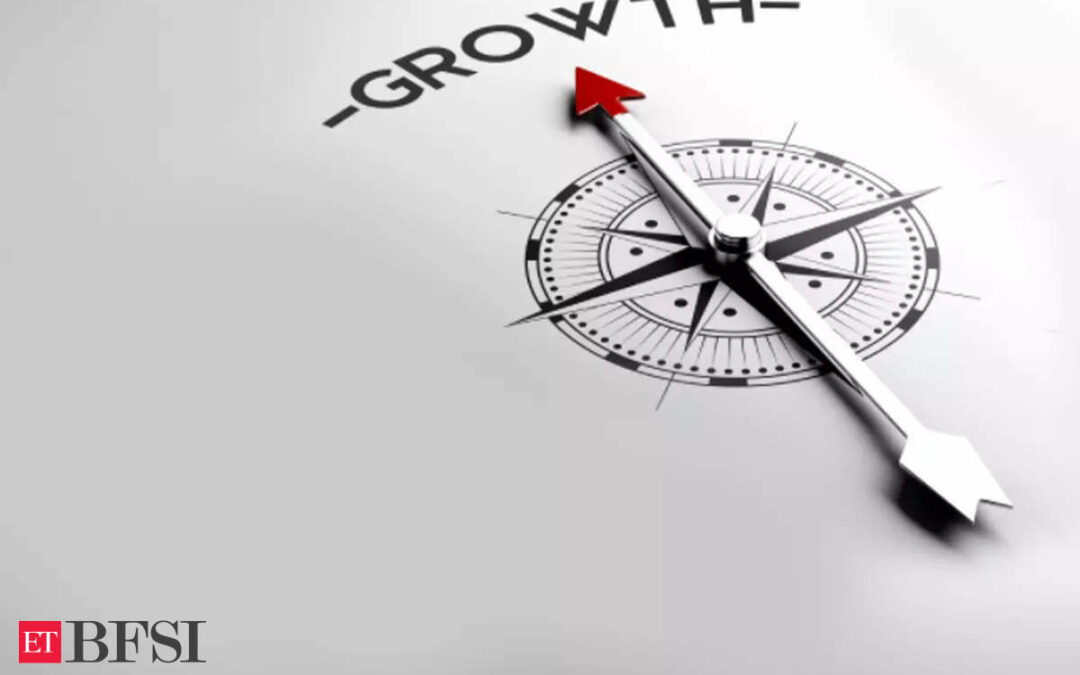The Indian economy retained its growth momentum in the opening quarter (April-July) of the current financial year, the RBI said in its monthly economic review released on August 22.
As highlighted by the report, India’s key economic indicators present a positive outlook, underpinned by robust domestic activity, improving external trade, and growing capital flows. It also showed that perceived employment conditions show mixed signals, overall growth indicators suggest sustained momentum as FY25 progresses.
GST collections in the first four months of FY25 have surged due to a widened tax base and increased economic activity. This growth is reinforced by a double-digit rise in e-way bill generation, indicating sustained economic momentum. Manufacturing and services sectors have also shown strong performance, driven by robust demand and expanding capacity utilization, with upcoming measures in the FY25 Union Budget expected to bolster these sectors further.
As per the report, the domestic economic resilience is clear, as manufacturing and services sector indices continue to perform well. Manufacturing has seen growth due to increased demand, new export orders, and higher output prices. According to RBI’s Order Books, Inventories, and Capacity Utilisation Survey (OBICUS), there is an expansion in capacity utilization within the manufacturing sector. The services sector has also prospered, with notable contributions from the contact-intensive tourism and hotel industries.
“Going forward, the measures announced in the Union Budget FY25 for the MSMEs, manufacturing and services sectors are expected to give a big boost to the sectors,” it said.
On the fiscal side, the Union Budget FY25 is aimed at fiscal consolidation, with expectations for a lower fiscal deficit supported by strong revenue collection, disciplined revenue expenditure, and a robust economy. Capital expenditure remains high, which supports private investment.
Merchandise exports and imports in FY25 have exceeded previous year levels, indicating a recovery in global demand, especially from India’s export partners, boosting exports. Additionally, strong domestic demand has led to an increase in imports, widening the merchandise trade deficit. However, services exports have been on the rise, leading to increased net services receipts.
In terms of capital flows, Foreign Portfolio Investors (FPIs) have been net buyers since June 2024, reversing previous trends. Net Foreign Direct Investment (FDI) inflows increased in the first three months of FY25 due to higher gross inflows. Consequently, foreign exchange reserves reached USD 675 billion by 2 August 2024, sufficient to cover 11.6 months of imports.
Retail inflation was at 3.5 percent in July 2024, the lowest since September 2019, largely due to moderated food inflation. The progress in the southwest monsoon has positively impacted kharif sowing, and replenishing reservoir levels are expected to benefit both current and future crop production, reducing food inflation further.
Labour market indicators have shown positive trends recently, though two perception surveys by RBI indicated weakening sentiments. The quarterly urban unemployment rate was stable at 6.6 percent in Q1 FY25 compared to Q1 FY24. There was year-on-year growth in net EPFO payroll additions in Q1 FY25, supported by expansion in the PMI employment sub-indices in July. The Naukri Jobspeak index also showed improvement.
“Nonetheless, the RBI surveys paint a sobering picture of urban consumers’ perception of employment conditions and manufacturers’ hiring sentiments, both of which underwent a dip in recent rounds,” the report highlighted.
Overall, India’s economic momentum seems steady. Despite an erratic monsoon, reservoirs have been replenished. Manufacturing and services sectors are growing, tax collections and bank credit are increasing, and inflation is moderating. Exports of goods and services have improved compared to last year.
Data showed that stock markets are holding on to their levels, and foreign direct investment is looking up as gross inflows are rising.
Current projections for real GDP growth for FY25 stand at 6.5-7.0 percent, aligning with the estimates made in the Economic Survey for 2023-24. These developments reflect a broader trend of economic expansion and investment, with employment generation following closely.










